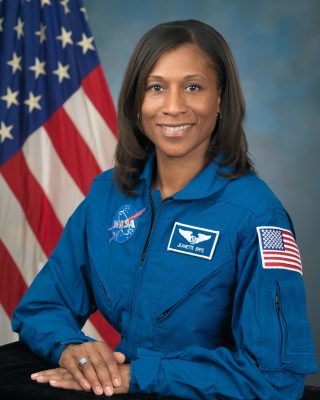|
DIVULGAÇÃO
NASA Astronaut Jeanette Epps Set to Become First Black Female Crew Member on Space Station. NASA has assigned astronaut Jeanette Epps to NASA’s Boeing Starliner-1 mission, the first operational crewed flight of Boeing’s CST-100 Starliner spacecraft on a mission to the International Space Station.  NASA astronaut Jeanette Epps. Credit: NASA
The spaceflight will be the first for Epps, who earned a bachelor’s degree in physics in 1992 from LeMoyne College in her hometown of Syracuse, New York. She completed a master’s degree in science in 1994 and a doctorate in aerospace engineering in 2000, both from the University of Maryland, College Park. Os investigadores, liderados por Nicole Steinmetz, diretora fundador do Center for Nano ImmunoEngineering da UC San Diego, e financiados pela National Science Foundation, usaram um vírus de planta – um adesivo de vacina COVID-19 estável e fácil de fabricar, que pode ser enviado por todo o mundo e ser autoadministrado sem dor pelos pacientes. Tanto a vacina, em si, como a plataforma de entrega de adesivos com microagulhas dependem da nanotecnologia.
 Credit: NASA
NASA assigned Williams and Cassada to the Starliner-1 mission in August 2018. The spaceflight will be the first for Cassada and third for Williams, who spent long-duration stays aboard the space station on Expeditions 14/15 and 32/33.  NASA astronaut Jeanette Epps. Credit: NASA
For nearly 20 years, the station has served as a critical testbed for NASA to understand and overcome the challenges of long-duration spaceflight. As commercial companies focus on providing human transportation services to and from low-Earth orbit, NASA will concentrate its focus on building spacecraft and rockets for deep-space missions. SciTechDaily. Posted: August 26, 2020.
|
||||||||||||||||||||||||